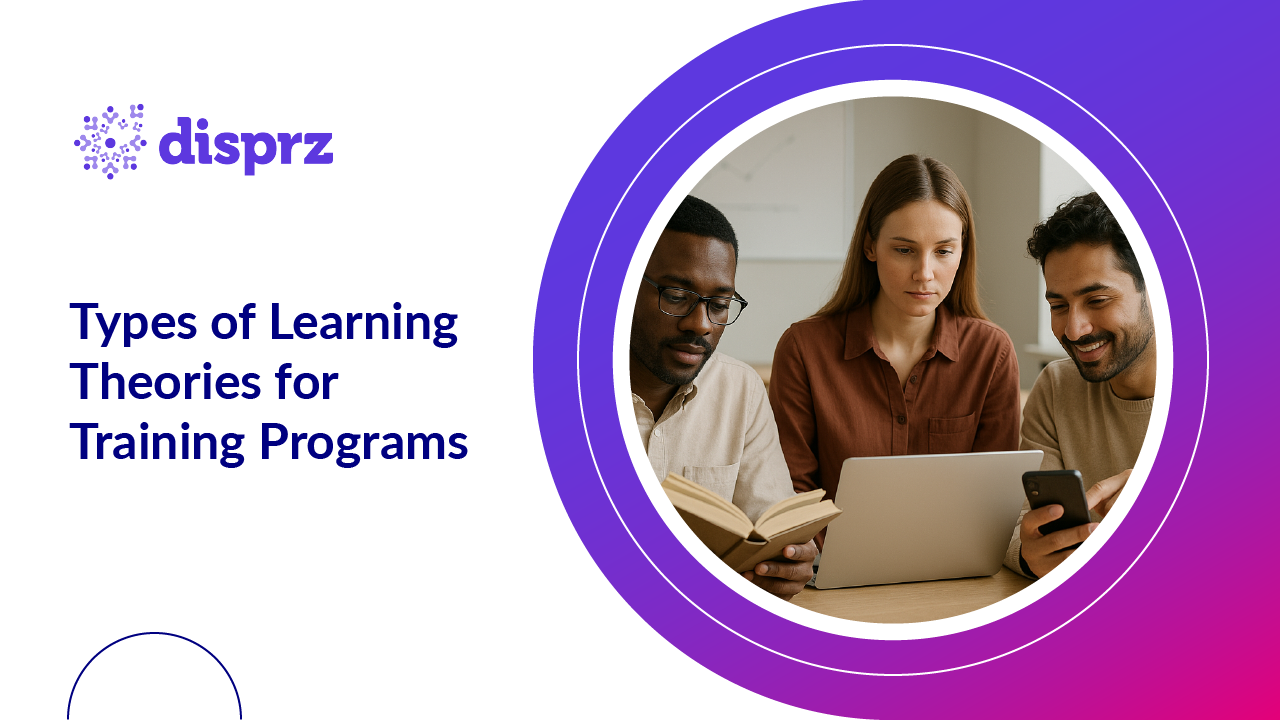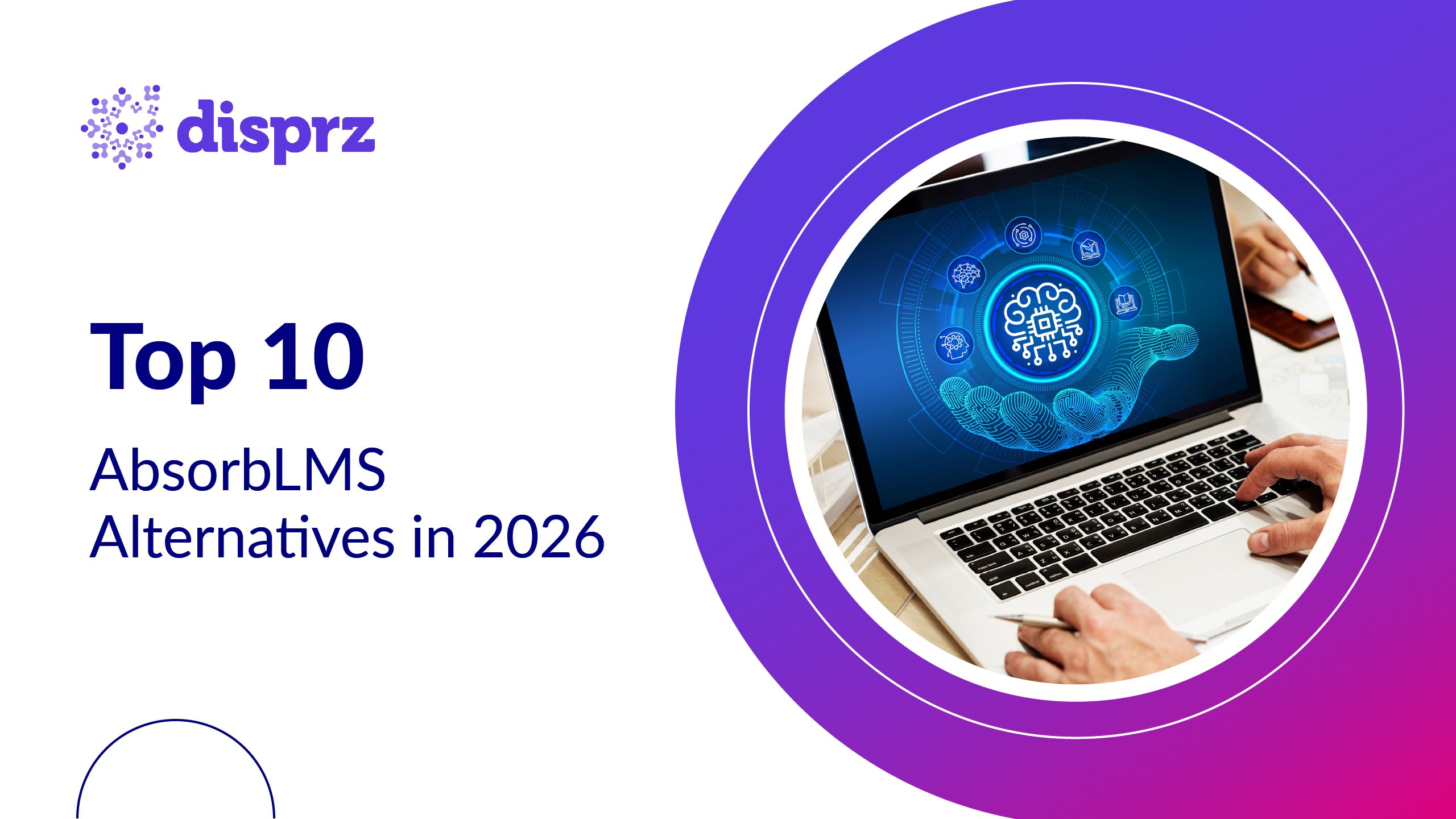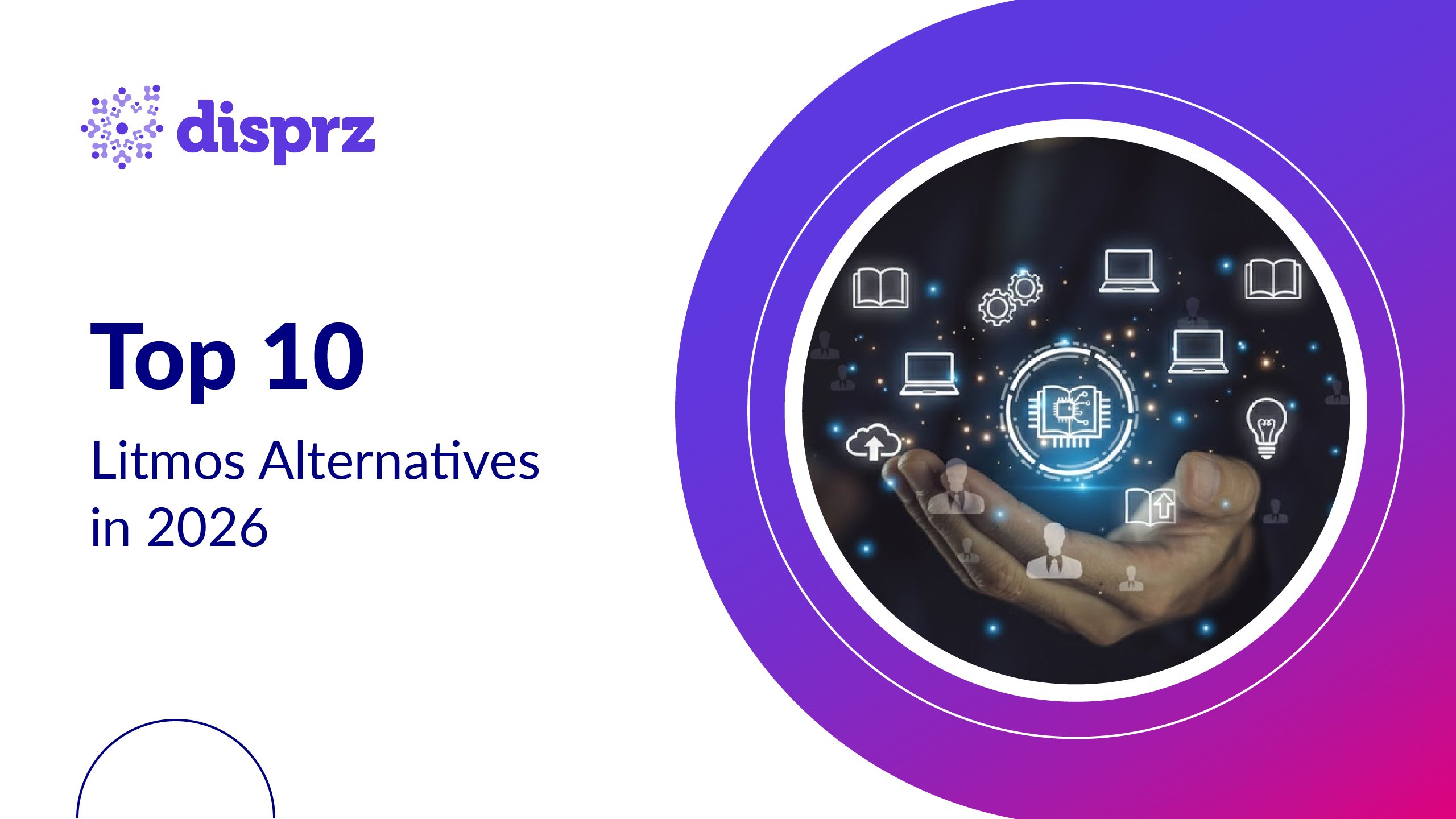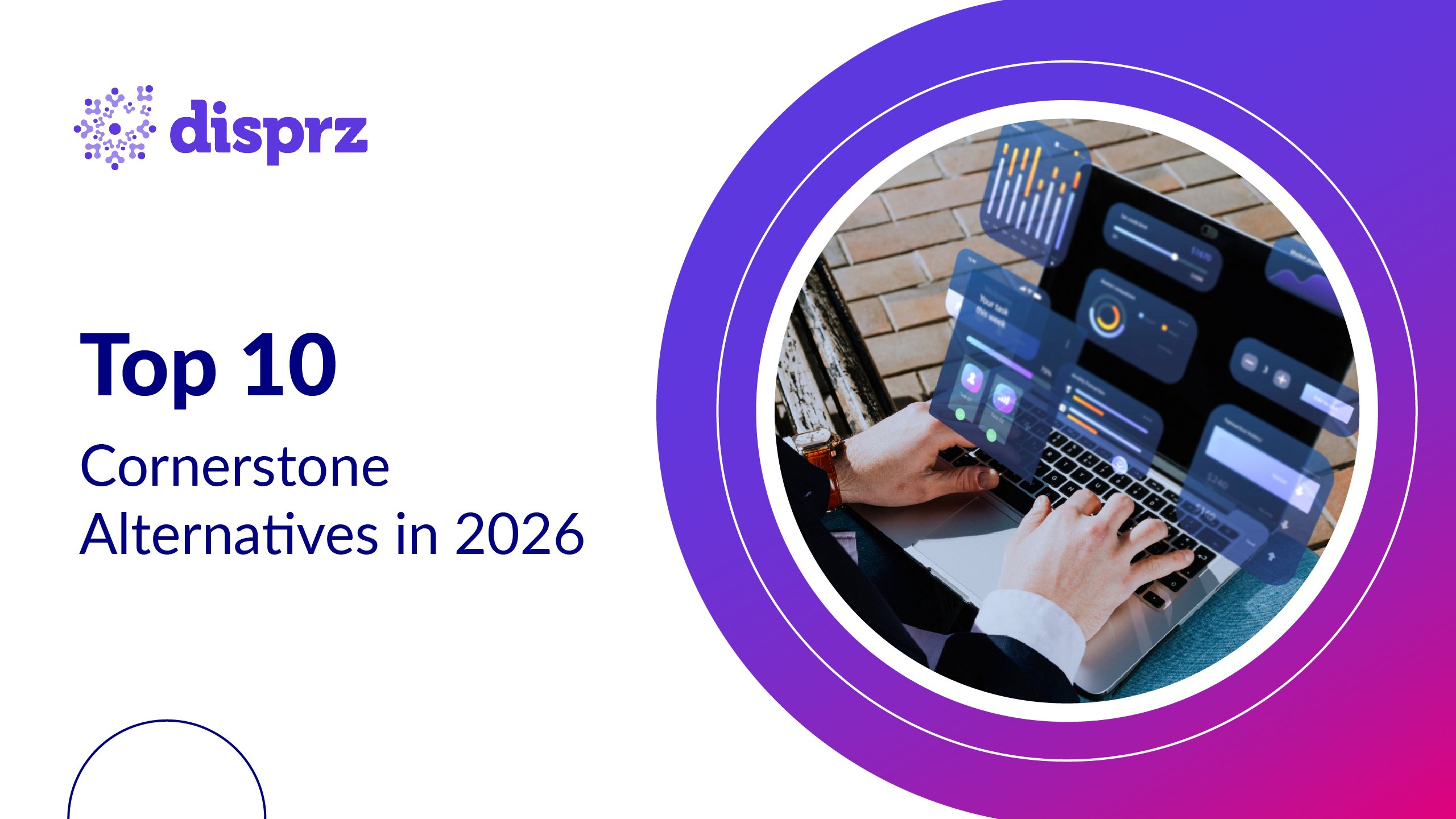In an age where upskilling is vital and attention spans are shrinking, designing impactful workplace training programs requires more than just good content. It demands an understanding of how people learn. Learning theories offer a scientific foundation for building training programs that are not only engaging but also effective. By anchoring your design choices in proven theories, you improve knowledge retention, boost learner motivation, and ultimately drive better on-the-job performance.
But there’s a gap in how many corporate programs are built; they focus on delivery formats more than on how learning actually happens. That’s the gap we intend to bridge here. Let’s explore 10+ powerful learning theories and understand how each can add value to your L&D strategy.
Behaviorism: Can Repetition Shape Behavior and Skills?
Behaviorism, pioneered by B.F. Skinner, rooted in Pavlov’s classical conditioning, suggests that learning occurs as a response to external stimuli. It treats the learner as a blank slate, shaped by environment and reinforcement rather than internal thoughts or intentions. The core idea is simple: behaviors followed by positive outcomes are reinforced and more likely to be repeated.
How to apply it:
-
Use positive reinforcement, such as gamification badges and leaderboards.
-
Create drills or practice tasks that reward speed and accuracy.
-
Deliver feedback immediately to solidify correct behaviors and discourage errors.
Best for: Tasks that require mastery through repetition, like SOPs, customer call handling, or system navigation.
Example: In a customer support team, agents go through a simulation module where they respond to typical customer queries. Each correct response triggers a point reward and instant positive feedback, reinforcing the desired behavior until it becomes second nature.
Cognitivism: How Do We Process, Retain, and Recall Knowledge?
Cognitivism emerged as a response to behaviorism and focuses on the inner workings of the mind - how learners process, store, and retrieve information. It treats the brain like a computer and emphasizes mental models, perception, memory, and problem-solving.
How to apply it:
-
Present content in organized, structured formats using mind maps and flowcharts.
-
Use chunking and scaffolding to reduce cognitive burden.
-
Encourage metacognition by prompting learners to reflect on how they learn.
Best for: Complex subjects such as IT systems, compliance frameworks, or multi-step processes where conceptual clarity is critical.
Example: A finance team undergoes training on a new compliance process. The course begins with a concept map of the process, broken into three logical chunks. Each chunk includes a quiz and a visual workflow to reinforce understanding, enabling learners to build mental models layer by layer.
Constructivism: Do People Really Learn Best By Doing Things Themselves?
Constructivism argues that learners actively construct knowledge through experiences rather than passively receiving it. Learning becomes meaningful when it’s tied to the learner’s prior experiences and real-world application.
How to apply it:
-
Assign projects that mirror real workplace challenges.
-
Allow learners to collaborate and co-create knowledge.
-
Facilitate open-ended questions and exploratory assignments.
Best for: Strategic planning, leadership programs, innovation sprints, areas where learners need to synthesize and create, not just recall.
Example: During a product launch, sales reps are given a scenario to build their own sales pitch using real client data. Instead of being handed a template, they work in small teams, share insights, and iterate based on peer review; learning by doing and reflecting.
Experiential Learning: What Does Kolb’s Experiential Cycle Look Like At Work?
Developed by David Kolb, Experiential Learning Theory proposes that learning is a cycle involving four stages: concrete experience, reflective observation, abstract conceptualization, and active experimentation. It’s an iterative loop where learners apply, reflect, theorize, and test.
How to apply it:
-
Use job rotations or shadowing to provide real-world experience.
-
Incorporate journaling or guided reflection to enhance learning insights.
-
Promote experimentation by encouraging learners to try new approaches on the job.
Best for: Learning labs, customer simulations, leadership coaching, where learning is refined through real-time experience and insight.
Example: A mid-level manager attends a leadership simulation where they lead a virtual team through a challenging project. Afterward, they write a reflection, receive coaching, and apply those lessons in their next team meeting, thus completing the learning cycle.
Social Learning: Can Your Team Members Be Each Other’s Best Teachers?
Albert Bandura’s Social Learning Theory emphasizes that learning happens in a social context through modeling, observation, and imitation. People learn from watching others, especially those they consider relatable or aspirational.
How to apply it:
-
Enable peer-to-peer learning through mentoring or discussion boards.
-
Use video case studies featuring team members solving real challenges.
-
Promote storytelling in knowledge-sharing sessions.
Best for: Soft skills training, onboarding, and cultural acclimatization, where modeled behavior is more impactful than instruction alone.
Example: An organization launches a “shadow the expert” program where new hires follow experienced colleagues for a week, attend their meetings, and reflect on their decision-making approaches. This not only transfers knowledge but also strengthens cultural alignment.
Connectivism: How Do People Learn in a Hyper-connected World?
A modern learning theory for the digital age, Connectivism (co-developed by George Siemens and Stephen Downes) posits that learning is a process of building networks. The capacity to know more is more critical than what is currently known.
How to apply it:
-
Integrate knowledge curation tasks that involve external sources.
-
Embed collaboration tools like Google Chat, Slack, or Miro in learning environments.
-
Design learning systems that adapt and evolve with user feedback.
Best for: Dynamic industries like tech, marketing, and finance, where learners must continuously seek, filter, and apply new knowledge.
Example: A marketing team uses a shared Notion page to document campaign insights. Team members are encouraged to link relevant resources, such as blogs, reports, videos, and comment on each other’s contributions, creating a self-evolving learning ecosystem.
Bloom’s Taxonomy: Are You Helping Learners Move Beyond Memorization?
Bloom’s Taxonomy is a hierarchical classification of cognitive skills. It starts with basic recall and builds toward higher-order thinking: remembering, understanding, applying, analyzing, evaluating, and creating.
How to apply it:
-
Align learning objectives with each level of Bloom’s framework.
-
Structure learning journeys to scaffold higher-order thinking progressively.
-
Design assessments that measure application and analysis, not just rote learning.
Best for: End-to-end programs focused on capability-building, where depth of understanding and skill application are essential.
Example: In a project management course, learners begin with simple recall of tools (Remember), then analyze project timelines (Analyze), and finally create a full project plan for a simulated client (Create), progressing through Bloom’s levels.
Cognitive Load Theory: Are You Overloading Your Learners Without Knowing It?
John Sweller’s Cognitive Load Theory centers on the idea that the brain has a limited capacity for processing new information. If the mental load is too high, learning breaks down.
How to apply it:
-
Eliminate unnecessary details that increase extraneous load.
-
Present one idea at a time using visuals and concise text.
-
Use spaced learning or modular courses instead of lengthy sessions.
Best for: Technical training and product onboarding where complexity must be carefully paced and managed.
Example: A cybersecurity training program uses short, animated explainer videos that each focus on one specific risk (e.g., phishing). Learners take a 2-minute quiz after each module, reinforcing key points without overwhelming them.
Other Theories That Drive Deeper Learning
Humanism
This learner-centered theory, advocated by Carl Rogers and Abraham Maslow, emphasizes self-actualization, autonomy, and emotional well-being. It posits that learning flourishes in environments where learners feel respected and empowered.
Application
Provide personalized pathways, support learner autonomy, and integrate emotional intelligence development.
Transformative Learning
Introduced by Jack Mezirow, this theory focuses on personal growth through critical reflection. Learners are encouraged to challenge their assumptions and embrace new perspectives.
Application
Use reflective exercises, facilitated dialogue, and real-world challenges in areas like DEI, leadership, or change management.
Situated Learning
This theory suggests that learning is most effective when situated in context. It is not abstract, but deeply tied to the environment where it is applied.
Application
Embed learning in the tools and workflows people already use—think just-in-time nudges, guided walkthroughs, or contextual help within software.
The Role of Hybrid Theory Blending in Modern L&D
Today’s learning challenges often require a nuanced blend of multiple theories. Hybrid approaches, drawing from both cognitive and experiential strategies, for example, enable organizations to tailor learning to the real-world complexities their teams face.
Why it matters:
-
Learners are not one-size-fits-all. Combining theories supports diverse learning styles.
-
Real business problems often require multiple thinking modes, recall, analysis, collaboration, and experimentation.
-
The hybrid approach empowers L&D to create fluid, modular programs that adapt as the organization evolves.
How to apply it:
-
Use experiential strategies for onboarding and role-specific training, reinforced by behaviorist quizzes.
-
Blend social learning with formal eLearning modules to strengthen engagement.
-
Combine cognitive load reduction techniques with Bloom's higher-order task design.
Blending theory isn’t just pragmatic; it’s strategic. It ensures training remains flexible, contextual, and future-ready.
How to Choose the Right Theory for Your Training Goals
There’s no one-size-fits-all. The best training programs often draw from multiple theories, depending on:
-
Audience: Are they new hires, experts, or cross-functional learners?
-
Goal: Are you trying to instill habits, transfer technical knowledge, or shift mindsets?
-
Format: Are you running instructor-led sessions, eLearning, or social learning cohorts?
Use the theories like tools in a toolkit, pick the right one based on the context, and don’t be afraid to blend them.
Pro tip: Begin with the learning outcomes. Then reverse-engineer the theory (or theories) that support those outcomes best.
Final thoughts: Great Training Begins With How We Learn
Too often, L&D teams dive into content creation without pausing to ask the most important question: How do we want our people to learn? Learning theories aren’t just academic frameworks; they’re powerful tools that can help us craft experiences that actually change behavior, build skills, and deliver impact.
At Disprz, we are not just selling learning solutions with more content. We design intentional, learner-centric experiences rooted in proven theory and tailored to real business outcomes. It’s how we help organizations go beyond awareness and achieve lasting transformation.
So, the next time you’re building a training module, don’t start with the topic. Start with the learner. Understand how they think, engage, and grow because that’s where real capability-building and real change truly begin.









